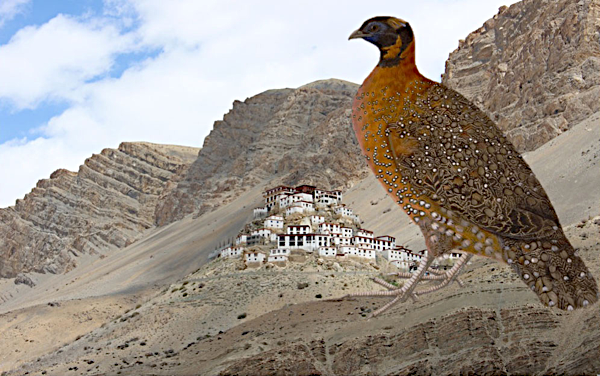Himalayas: An Aesthetic Exploration

The Himalayas are the world's longest and loftiest mountain range. This course will commence with a review of influential Indic and Western perceptions of the Himalayas. Thereafter, we will proceed to glean some of the many ways in which the shaping of objects and the crafting of identities are linked in this region today. Subsequently we shall embark on a series of armchair expeditions to recover interconnections between 'art' and 'life' in the Himalayas in centuries past. Traveling in arcs stretching from the Brahmaputra valley in the east up to the upper reaches of the Indus in the west and in along axes extending from the sub-montane Terai in the south to the frosty Tibetan plateau in the north, we will repeatedly cross China, Bhutan, Nepal, India, Pakistan, and Afghanistan. Resting at sites sought out by explorers, traders, conquerors, and Hindu and Buddhist pilgrims we will query the distinctive forms, layouts, and functions of temples, monasteries, palaces, necropoles, water-structures, and the medley of objects found in them including sculptures, paintings, silk embroideries, ritual objects, and fountains. At our journeys' end, students will have acquired a
Course Requirements:
Class presentations and regular and informed participation in lectures (20%)
Essay-1 (10%)
Essay-2 (Term Paper)(20%)
Midterm Examination (25%)
Final Examination (25%)
Intended Audience: Graduate students and upper-level undergraduates from Asian Studies, History of Art, Anthropology, as well as graduate students from the Center for South Asian Studies and the Center for Chinese Studies.
Class Format: Two 90-minute combined lecture and discussion sessions held weekly
HISTART concentration distributions: C. Asia, D. Europe and the US, 1. Ancient, 4. Modern and Contemporary